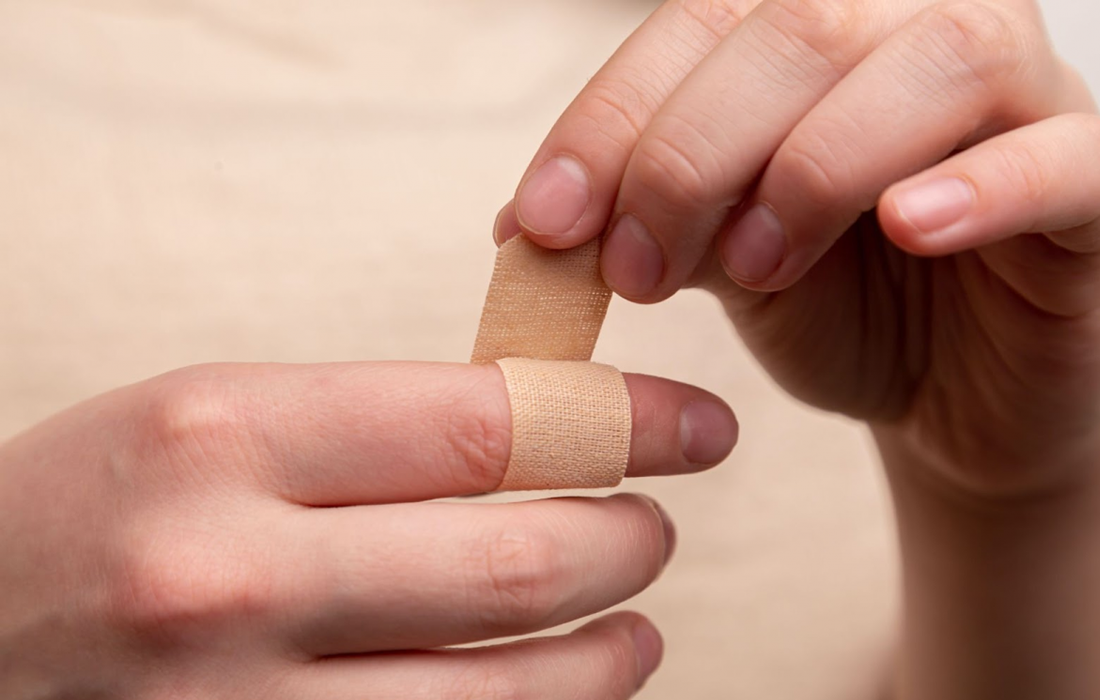Regenerative Medicine News and General Information
Bacterial Barriers in Chronic Treatment-Resistant Wounds
Chronic wounds are open sores or injured tissue that fail to heal properly. These types of wounds are notoriously challenging to treat because of bacterial infections like Staphylococcus aureus, or S. aureus. Additionally, bacterial infections that are highly resistant to antibiotics, such as methicillin-resistant S. aureus (MRSA), are one of the main causes of life-threatening infections in hospital patients.
Researchers at the UNC School of Medicine and the UNC-NC State Joint Department of Biomedical Engineering have developed a new method that combines palmitoleic acid, gentamicin, and non-invasive ultrasound to help improve drug delivery in chronic wounds that have been infected with S. aureus.
Using their new strategy, researchers were able to reduce the challenging MRSA infection in the wounds of diabetic mice by 94%.
“When bacteria are not completely cleared from chronic wounds, it puts the patient at high risk for the infection recurring or of developing a secondary infection,” said senior author Sarah Rowe-Conlon, PhD. “This therapeutic strategy has the potential to improve outcomes and reduce relapse of chronic wound infections in patients.”
Biofilms act as a physical barrier to many classes of antibiotics. Virginie Papadopoulou, PhD, was curious to know if non-invasive cavitation-enhanced ultrasound could create enough agitation to form open spaces in the biofilm caused by the bacteria to facilitate drug-delivery.
Liquid droplets which can be activated by ultrasound, are applied topically to the wound. An ultrasound transducer is focused on the wound and turned on, causing the liquid inside the droplets to expand and turn into microscopic gas-filled microbubbles, when they move rapidly.
The oscillation of these microbubbles agitates the biofilm, both mechanically disrupting it as well as increasing fluid flow. Ultimately, the combination of the biofilm disruption and the increased permeation of the drugs through the biofilm allowed the drugs to come in and kill the bacterial biofilm with very high efficiency.
“We hope to be able to use similar technologies to locally deliver chemotherapeutics to stubborn tumors or drive new genetic material into damaged cells as well.”
Researchers chose gentamicin, a topical antibiotic typically ineffective against S. aureus due to widespread antibiotic resistance and poor activity against persister cells. The researchers also introduced a novel antibiotic adjuvant, palmitoleic acid, to their models.
“Using this system, we are able to make topical drugs work and they can be applied to the site of infection at very high concentrations, without the risks associated with systemic delivery,” said Rowe-Conlon.
Sources:
Virginie Papadopoulou, Ashelyn E. Sidders, Kuan-Yi Lu, Amanda Z. Velez, Phillip G. Durham, Duyen T. Bui, Michelle Angeles-Solano, Paul A. Dayton, Sarah E. Rowe. Overcoming biological barriers to improve treatment of a Staphylococcus aureus wound infection. Cell Chemical Biology, 2023; 30 (5): 513 DOI: 10.1016/j.chembiol.2023.04.009
University of North Carolina Health Care. “Breaking through bacterial barriers in chronic treatment-resistant wounds.” ScienceDaily. ScienceDaily, 22 May 2023. <www.sciencedaily.com/releases/2023/05/230522131317.htm>.
Images from:Photo by Diana Polekhina
https://unsplash.com/photos/SwWjCbIIoFE

